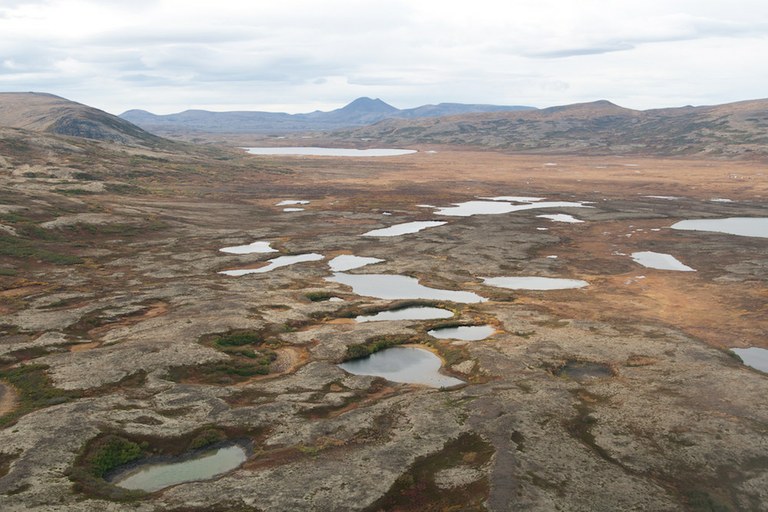
On Tuesday, Northern Dynasty announced it had written to the recently confirmed Administrator of the EPA Michael Regan with a status update on the Pebble project and had urged the new Administrator to support a full and fair process for the project.
The investors said that while recognizing the importance of natural resource development to support economic growth, they are concerned waste from the proposed mine would threaten the world’s largest wild salmon fishery, located in the Bristol Bay area.
The Pebble project proposal has been the subject of controversy in the southwest Alaska region for several years, in particular with regards to its potential risk to the watershed, salmon and other fisheries. However, a leaked draft of the EIS suggests that the nearby water resources could co-exist with the mine.
The fishery supplies half of the world’s commercial supply of wild sockeye salmon, provides $2.2 billion in annual revenue, 15,000 jobs, and sustains Alaska Native communities. Bristol Bay Native Tribes, commercial fishermen, business leaders, and conservation organizations are opposed to the Pebble mine.
“We believe the Bristol Bay salmon fishery has too much economic and inherent value to risk on the short-term benefits of a large-scale mine like Pebble”
Jonas Kron, chief advocacy officer, Trillium Asset Management
“Pollution from mineral extraction generates very real, but currently unpriced, economic, social, and environmental externalities,” Jonas Kron, chief advocacy officer of Trillium Asset Management said in the media statement.
“We believe the Bristol Bay salmon fishery has too much economic and inherent value to risk on the short-term benefits of a large-scale mine like Pebble.”
The investor letter calls for the EPA to use its authority under Section 404(c) of the Clean Water Act to immediately restrict mine waste disposal in wetlands, rivers and streams within the Bristol Bay watershed; and for Congress to enact legislation to establish a National Fisheries Area to provide permanent federal protection against large-scale mining within the Bristol Bay watershed.
After years of permitting setbacks, in April 2020, a US federal district court judge granted the US Environmental Protection Agency’s (EPA) motion to dismiss a case brought by a collection of activist groups opposed to the Pebble project.
The litigation challenged the EPA’s decision in July 2019 to withdraw its prior regulatory action under Section 404(c) of the Clean Water Act, initiated in 2014 by the Obama Administration, which sought to pre-emptively veto the Pebble project before permit applications had been filed or an Environmental Impact Statement (EIS) permitting process was undertaken.
In November 2020, the U.S. Army Corps of Engineers (USACE) rejected the Pebble Mine permit application after determining that its development would “cause unavoidable adverse impacts” to aquatic resources. The USACE concluded that the mine as proposed “cannot be permitted under section 404 of the Clean Water Act,” and it would be “contrary to the public interest.”
Northern Dynasty called the decision “politically motivated” and said it is fundamentally unsupported by the administrative record as developed by the USACE through the Environmental Impact Statement (EIS) process for the Pebble project. In January 2021, Northern Dynasty filed an appeal.
If permitted, Pebble would become North America’s largest mine, with an estimated measured and indicated resource of 6.5 billion tonnes containing 57 billion lb copper, 71 million oz gold, 3.4 billion lb molybdenum and 345 million oz silver.




